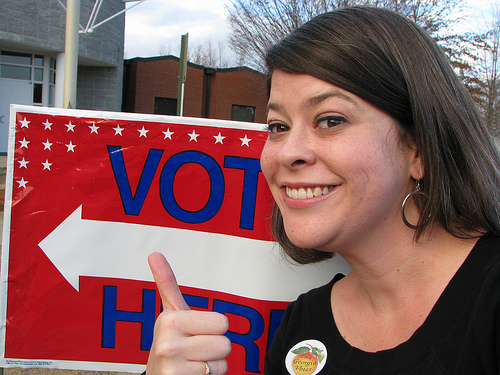Women’s Political Empowerment

Although most women around the world have the right to vote, there is still a big disparity between the number of women and men who are actively involved in politics.
Women as Elected Officials
There is minimal correlation between women participating in government and the wealth of the country; however, there does seem to be a positive correlation between the number of women in the work force and Gender Equality in government.
Suffrage
In 1893, New Zealand was the first country to grant women the right to vote. The grand duchy of Finland granted women the right both to vote (universal and equal suffrage) and to stand for election in 1906. The world’s first female members of parliament were also in Finland, when on 1907, 19 women took up their places in the Parliament of Finland as a result of the 1907 parliamentary elections. One of the last jurisdictions to grant women equal voting rights was Liechtenstein in 1984. Since then only a handful of countries have not extended the franchise to women, usually on the basis of certain religious interpretations. These include Bhutan, where only one person per household can vote; Lebanon which has partial suffrage – proof of elementary education is required for women but not for men; Saudi Arabia where women do not have the right to vote; and the United Arab Emirates where women have limited rights to vote.
References
- Women and Men in Organisation for Economic Co-operation and Development Countries
- Website of the Inter-Parliamentary Union (IPU): http://www.ipu.org
See also
- Women’s political participation in Morocco, Algeria and Tunisia
- Women in Government
- Statistics:Political Participation
- Women’s Political Empowerment


